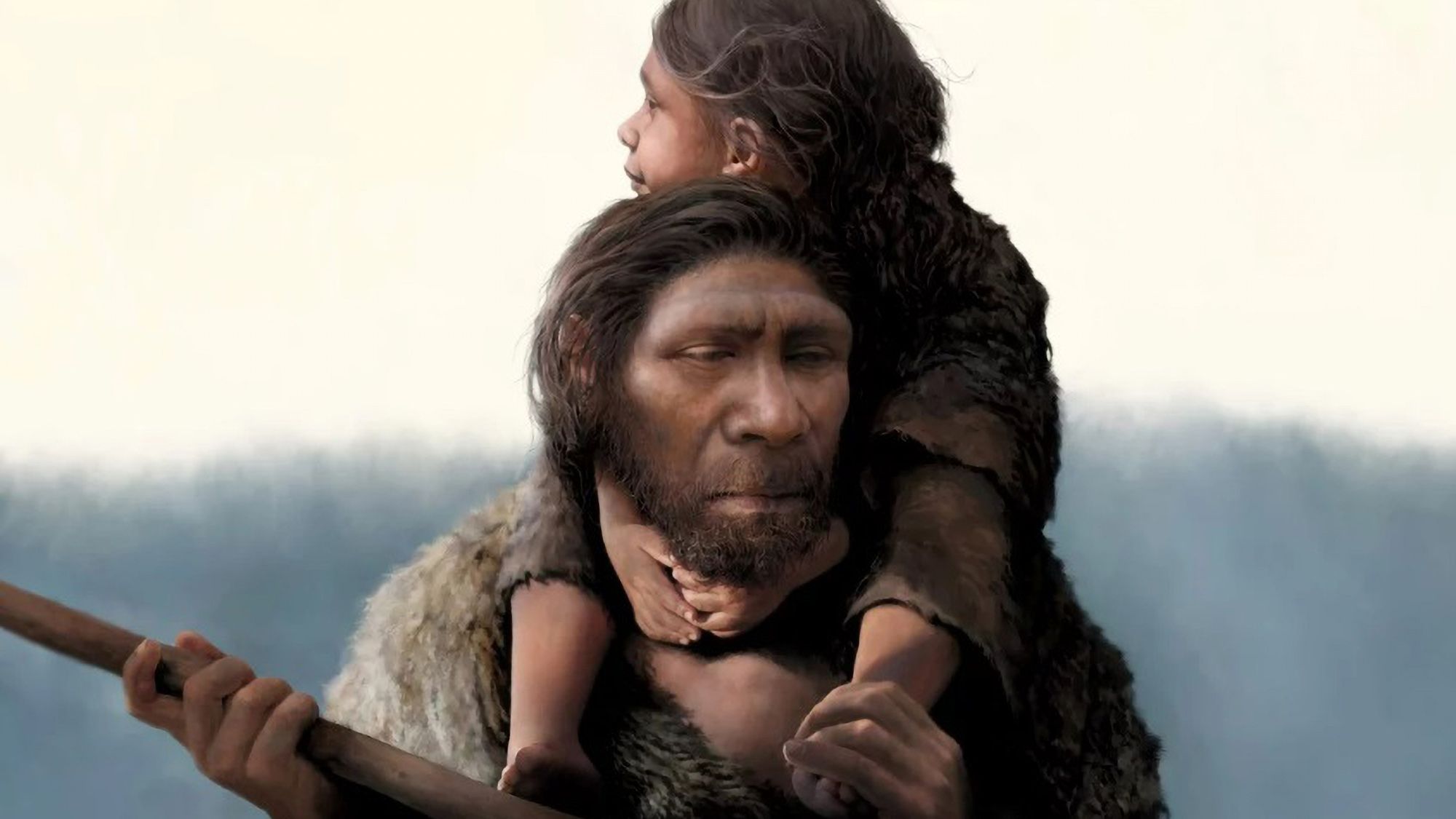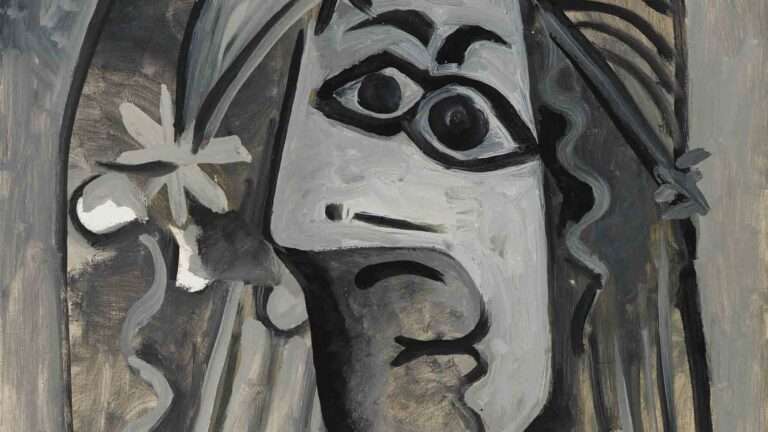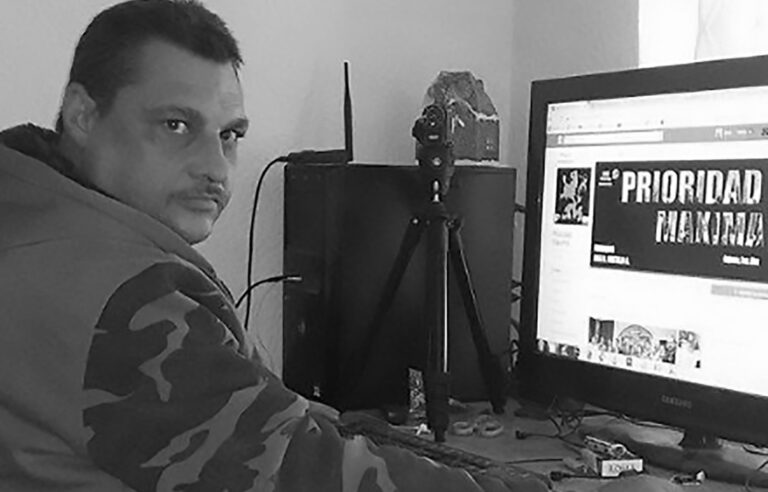Remains of the first-ever Neanderthal family have been discovered in a cave in Russia 54,000 years after they lived.
Scientists using DNA analysis unearthed a father, his teenage daughter, what they believe is a male cousin and an aunt or grandmother in the study.
Experts from Germany’s Max Planck Institute for Evolutionary Anthropology studied the remains found in the Chagyrskaya Cave in the Altai Mountains, in southern Siberia.
They analysed the DNA of 13 individuals – eight adults and five children – out of which seven were men and six were women.
This is the first known discovery of a family of Neanderthals, according to the research.
The study also shows that while men liked to stay where they were born, female Neanderthals were go-getters, travelling to set up home in new communities.
By analysing the remains’ mitochondrial DNA, researchers found several heteroplasmies – normal and mutated DNA in the same cell – shared between individuals.
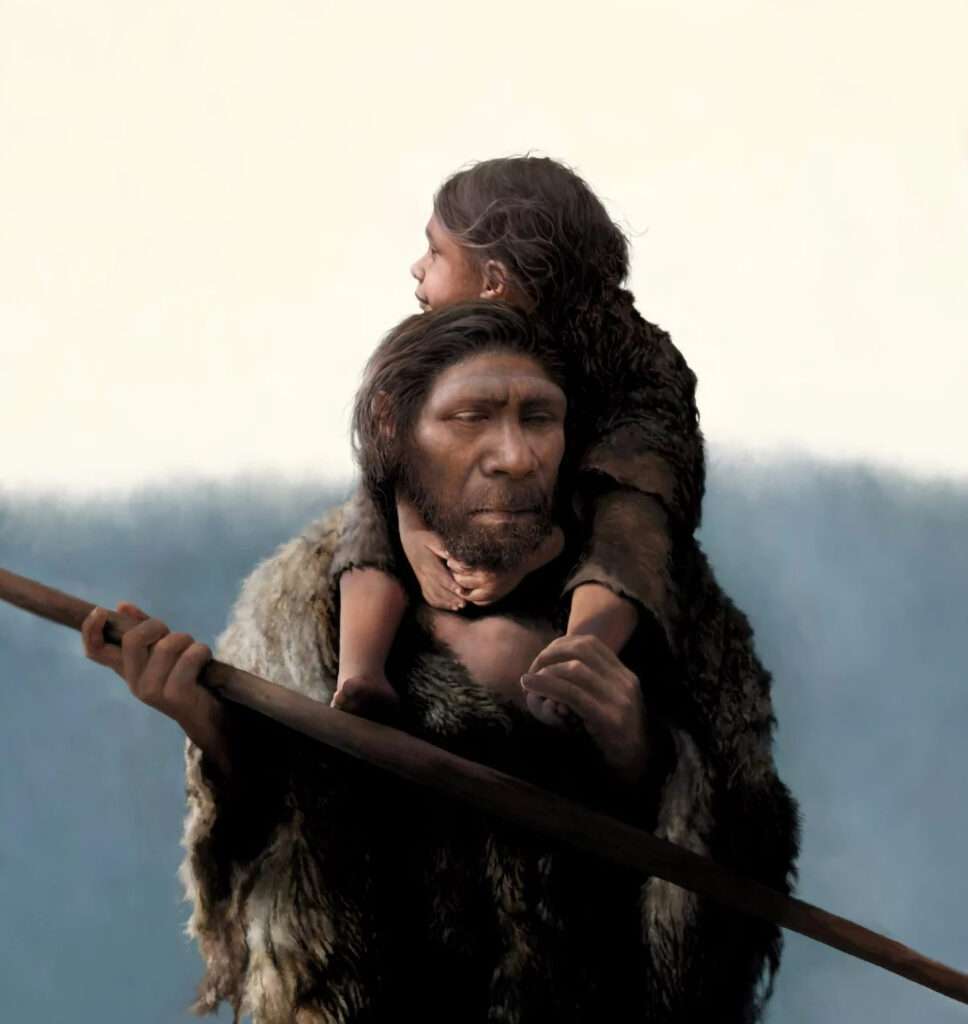
This is usually a rare kind of genetic variant that only persists for a small number of generations.
First author of the study Laurits Skov said in a statement obtained by Newsflash: “The fact that they were living at the same time is very exciting.
“This means that they likely came from the same social community.
“So, for the first time, we can use genetics to study the social organisation of a Neandertal community.”
The results furthermore showed an extremely low genetic diversity within this Neanderthal community consisting of a group of 10 to 20 people.
This was much lower than earlier evidence for any ancient or present-day human community.
It was more like – the study found – a group of endangered animals reduced to very small populations.
The analysis showed that the genetic diversity of the Y chromosomes – which pass down the male line -was much lower than that of the mitochondrial DNA, which is inherited from mothers.
This indicated that the Neanderthal communities were connected through female migration where more than 60 per cent of women moved in with their partner’s families.
Men, by comparison, did not travel away from where they were born.
Last author of the study Benjamin Peter said: “Our study provides a concrete picture of what a Neanderthal community may have looked like.
“It makes Neanderthals seem much more human to me.”
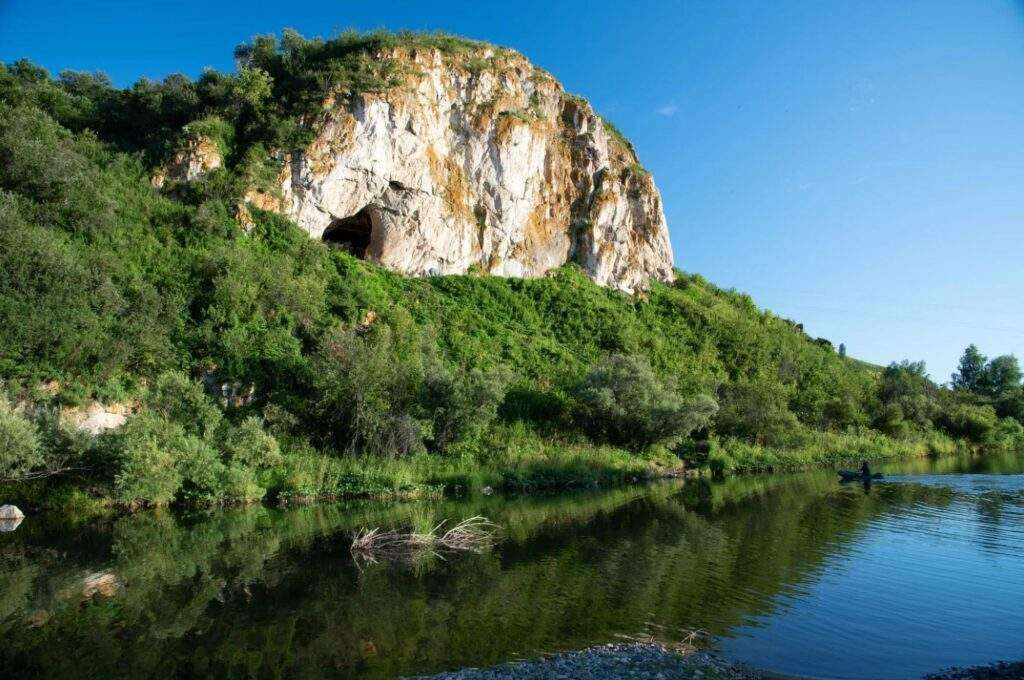
Chagyrskaya Cave has been excavated over the last 14 years by researchers from the Institute of Archaeology and Ethnography, Russian Academy of Sciences.
It has unearthed several hundred thousand stone tools and animal bones, along with more than 80 Neanderthal bone and tooth fragments one of the largest collections in the world.
Max Planck Institute stated that these individuals hunted ibex, horses, bison and other animals to survive and migrated through the river valleys that the Chagyrskaya and its neighbouring Okladnikov Cave overlook.
Appearance of the same raw materials used for stone tools in the two caves and dozens of miles away, supported the genetic data that the groups inhabiting these localities were closely related.
Genetic data showed that the Neandertals from Chagyrskaya and Okladnikov Caves are not descendants of Denisovan Neanderthals who inhabited the Altai mountains around 120,000 years ago.
They were more closely related to European Neandertals, as the stone tools found in the Chagyrskaya Cave are most similar to the so-called Micoquian culture known from Germany and Eastern Europe.
The study was published in the London-based weekly scientific journal “Nature” on Wednesday, 19th October 2022.
To find out more about the author, editor or agency that supplied this story – please click below.
Story By: Georgina Jadikovska, Sub-Editor: Marija Stojkoska, Agency: Newsflash
The Ananova page is created by and dedicated to professional, independent freelance journalists. It is a place for us to showcase our work. When our news is sold to our media partners, we will include the link here.

